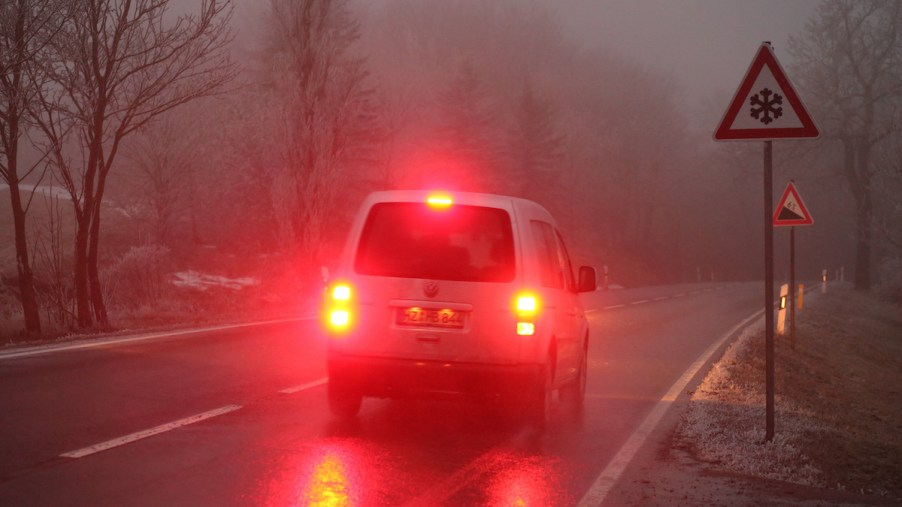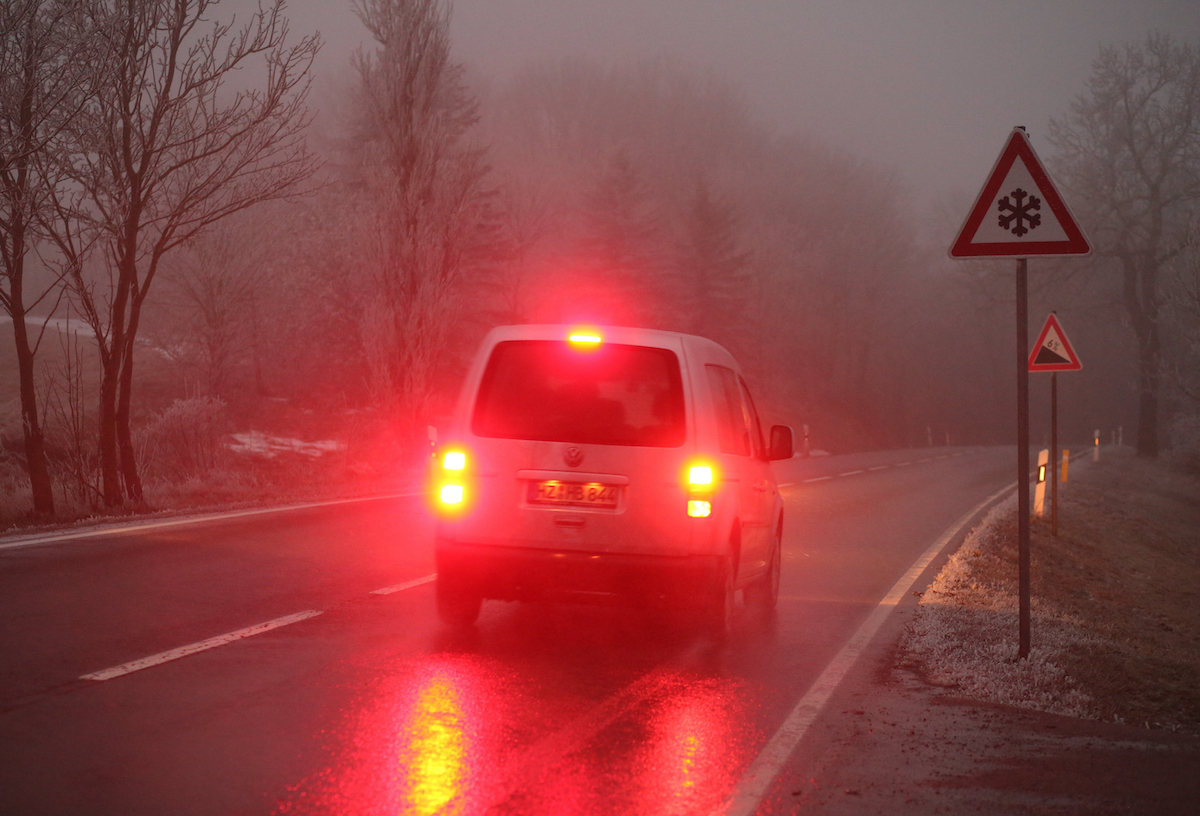
Why Do Cars Have a 3rd Brake Light?
Every time you step on your car’s brake pedal, the brake lights will illuminate to alert following drivers you’re slowing or stopping. Brake lights are an essential car safety feature, without which our roadways would be risky and chaotic. However, until the 1980s, motor vehicles were legally required to have only two brake lights. To explore the advantages of the third brake light, here’s a history of these lights and why cars have them.
A history of the 3rd brake light

The origin of the third brake light dates back to the mid-’70s, when the Russian-American psychologist John Voevodsky conducted a study to test whether a third brake light would better signal following motorists to slow down. To test his hypothesis, Voevodsky installed an additional light on 343 taxis in San Francisco, the American Psychological Association reports. For comparison, he had a control group of 106 cabs, which continued to operate with the standard two brake lights.
The study revealed that taxis equipped with an additional brake light were 60% less likely to get involved in a rear-end crash than cabs in the control group. As a result, the third brake light, officially known as the center high-mounted stop light (CHMSL), became legally required safety equipment on new vehicles in 1986 and light trucks in 1994.
Currently, the third brake light has evolved to include modern features. Case in point, the pulsing brake light assists in preventing distracted drivers, ensuring motorists’ safety as they travel down the road.
Top reasons why cars have a 3rd brake light
Here are the top reasons why cars have a third brake light:
1. Saving lives
According to the latest National Highway Traffic Safety Administration report, more than 3,000 people lost their lives to distracted driving in 2020. As mentioned, brake lights are an essential car safety feature. Their primary function is to signal other tailgating drivers you’re slowing down. The CHMSL, positioned higher than the two main brake lamps, increases visibility to other drivers. It offers an additional signal to distracted drivers, and studies show it significantly reduces car accidents.
The third brake light enhances driver-to-driver communication, thus reducing the likelihood and the severity of rear-end collisions. So it’s important to ensure that your CHMSL works as intended to save your life and the lives of other vehicle riders and pedestrians.
2. Saving money
The federal regulation to have a third brake light on all cars is one of those laws with an outstanding cost-benefit ratio. According to Road Safety Facts, approximately 46,000 Americans die yearly from car accidents, and an additional 4.4 million sustain serious injuries. These injuries cause taxpayers billions of dollars in long-term medical care and lowered productivity. Therefore, having a functional third brake light on your car can significantly reduce the human and economic impact of auto accidents.
3. Protecting property
While car crashes can lead to severe injuries or even death, they can also cause significant property damage. And although your auto insurance might cover most of the repair costs, you will still have to pay for lost time and frustration, even if not in cash. Hence, taking as many precautions as possible to avoid a car accident is better.


